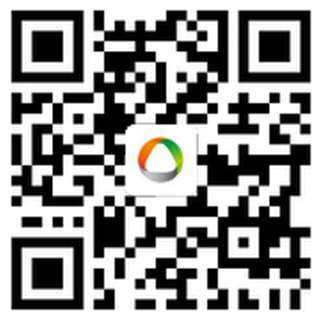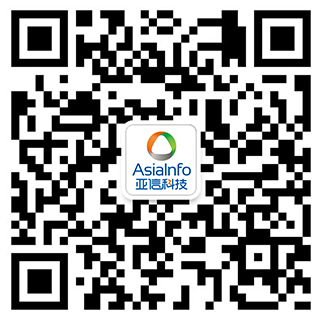The word “elephant” is a general term for the old system of telecom industry. On one hand, the ‘elephant’ metaphorically indicates traditional business support system is growing bigger and bigger after years of accumulation; on the other hand, it also shows traditional O&M mode can’t meet the requirements of fast business support response, which has presented enormous disparity with emerging software industry represented by the internet.”
- Microservice Architecture Practice and Operation of Large Enterprises
Recently, the bookMicroservice Architecture Practice and Operation of Large Enterprises collectively compiled by AIF R&D team of AsiaInfo (stock code:01675.HK) has been released. The book is the result of product innovation co-delivered by AsiaInfo and telecom operators, and it is also the collective wisdom of AsiaInfo people’s accumulation of technology, service, integration and operation capabilities in the last 20+ years. The book begins with enterprise architecture of telecom industry and restores a real scenario of microservice architecture practice; meanwhile, it describes the exploration and practice of AsiaInfo’s AIF microservice platform development, as telecom business support system calls for architecture transformation. The release and sale of the book not only shows large enterprises are in urgent need of developing fast, convenient and efficient internet in the context of industrial internet. At the same time, it will further accelerate a quick shift of the entire telecom industry to comprehensive smart information service provider.
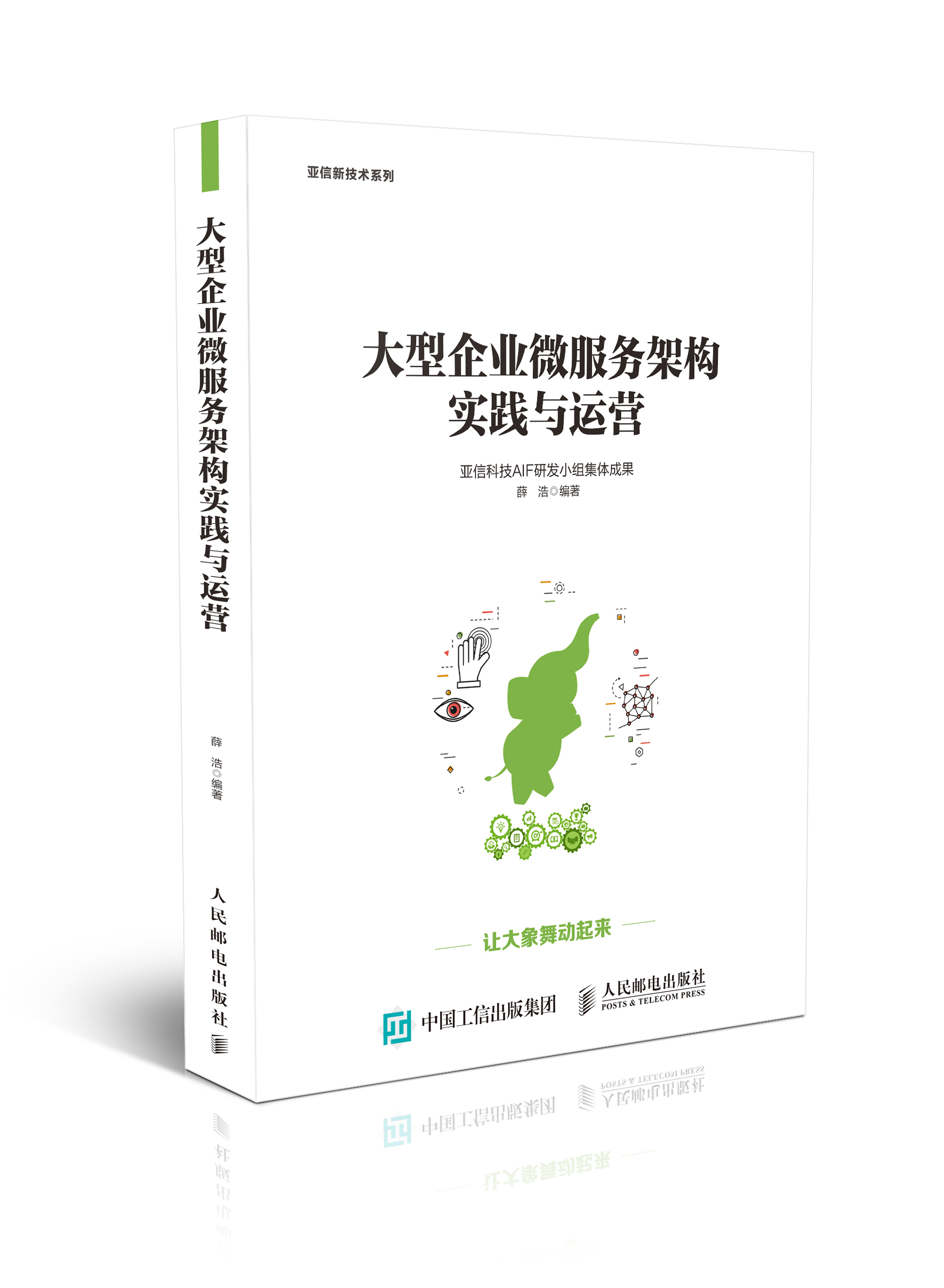
Stick to the craftsman’s spirit AsiaInfo makes the “elephant” dance
“It is our goal to make the elephant learn to dance, and it is also our mission for traditional architecture. Our vision will surely become a reality based on enterprises’ business characteristics, tech development trend and unremitting trial and error,” says Xue Hao, the author of the book and CTO of AsiaInfo Infrastructure IT platform.
In the 1980s, telecom industry started to develop and entered a stable stage till 2000. More than 20 years of development allows telecom enterprises’ business support system to grow incredibly big. Based on years of telecom service experience, AsiaInfo has found four common problems with telecom business support system: high cost of redundant construction and maintenance, slow support response, uncontrollable O&M risks and difficulty in supporting innovation business.
As a universally recognized leader of telecom software and relating services in the industry, AsiaInfo has been dedicated to telecom industry since its establishment in 1993, so it is fully aware of true demands and challenges facing telecom industry. Therefore, AsiaInfo’s product R&D team first put the concept of microservice into a telecom enterprise’s business support system architecture in 2014.
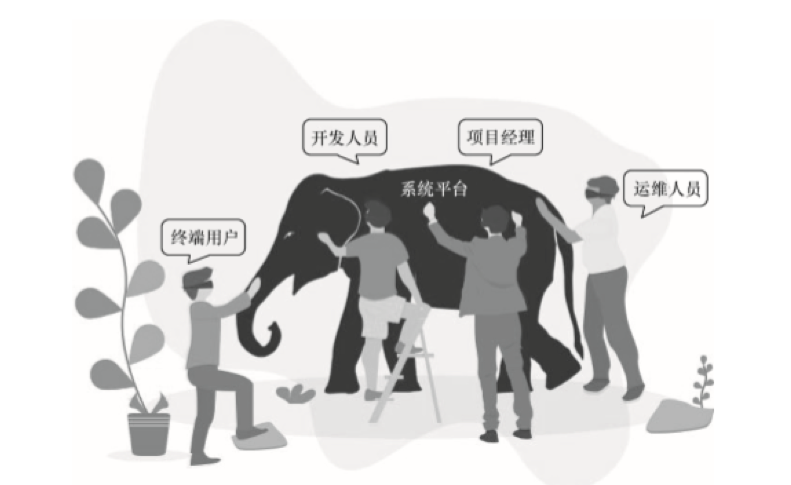
To make the “big elephant”-telecom enterprise light and fast enough to dance, the book divides the operator’s support system microservice practice into four steps: first, set up a microservice architecture platform based on cloud native; second, split up business system according to business field and reshape core capability; third, apply encapsulation and realize resource sharing and elastic scaling; fourth, proceed with messaging framework, database pooling, fault self-recovery, full-link monitoring and gated launch.
“When the concept of microservice is in its infancy, the product R&D team is keenly aware of tech trend and has gradually established a series of cloud native architectures including middleware, microservice and container. The R&D team has developed infrastructure architecture AIF platform and versatile PaaS middleground through the practice in telecom industry and telecom-like industries to identify real-time customer changes, predict customer demands and provide fast and efficient general infrastructure for changing front-end applications in different industries,” Chairman of AsiaInfo Tian Suning points out. Based on microservice practice, an insight into telecom industry and system characteristics, AsiaInfo has successfully made clumsy business support system of telecom enterprises light, simple and convenient enough for the “big elephant” to dance.
As the combination of technology and business capabilities, AsiaInfo’s AIF platform provides front-end development, service and assets management and operational status management, such as management of container, middleware and underlying resources and comprehensive IT capabilities of network, storage, computing node, development O&M and scalability, etc. It is well compatible with popular technologies and relating products, and the standardized encapsulation is easy for enterprises to conduct flexible deployment. Comprehensive and standardized AIF platform can not only fit in with enterprises’ existing technologies and products, but also leave room for their future improvement and innovation. This is the craftsman’s spirit of AsiaInfo-“providing best services for enterprises”.
AIF microservice platform dedicated to serving more than telecom industry
After years of operation, AIF has improved in practice and entered Unicom and telecom from China Mobile. It has begun to provide services for internet and other vertical industries from traditional operator system, and the AIF’s enterprise-level microservice architecture has made top ranking in the world.
The publishing of Microservice Architecture Practice and Operation of Large Enterprises arises from common problems facing non-telecom industries: IT enterprises become bloated, so they can’t make quick innovations; teams do their jobs separately and don’t have a whole picture of the system, which increases O&M pressure; the launch of new business comes with endless problems, which puts employees under stress. The microservice architecture practice mentioned in the book will help more enterprises to relieve IT staff from stress and make the system light and fast.
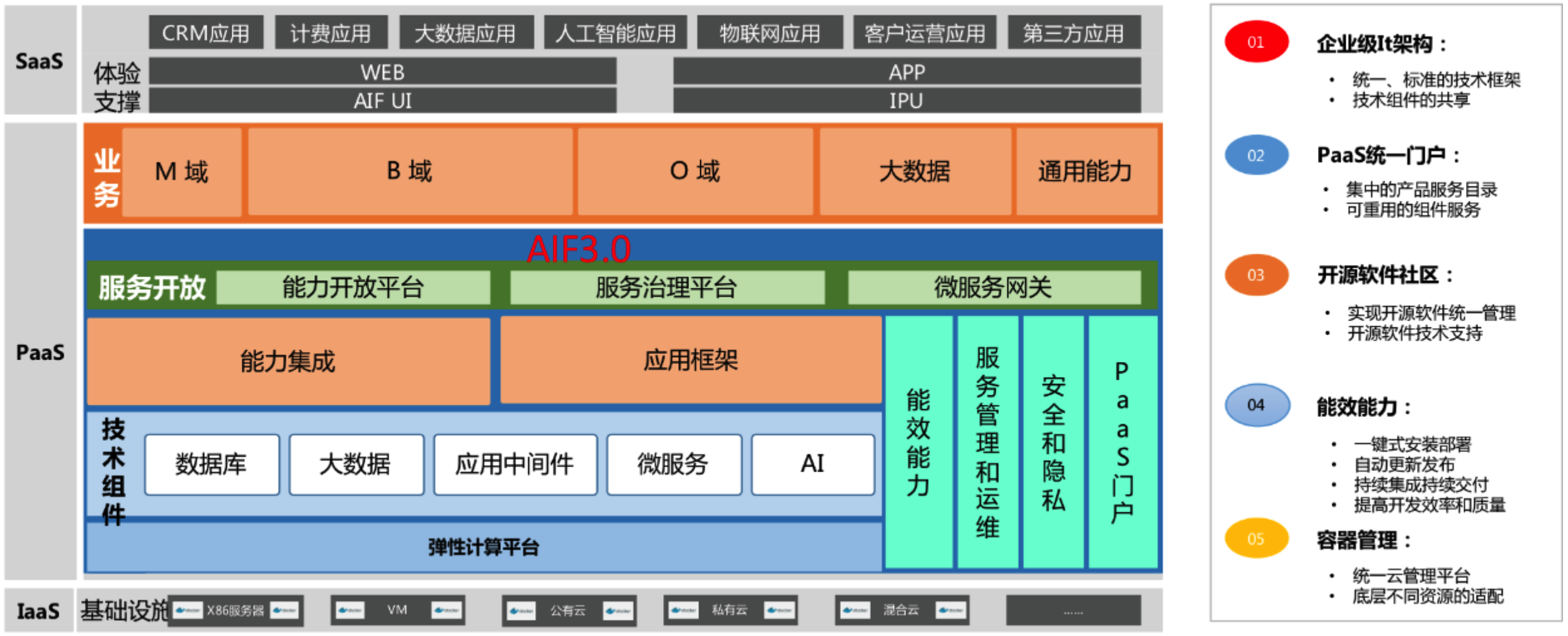
AIF platform architecture
“Give me product technology to make the system more efficient, more reliable, more flexible, more convenient and easier to manage, operate and maintain,” this is the goal of AIF product. According to the idea of “big platform, small architecture and light applications”, AIF platform provides a complete distributed computing framework.
In fact, AsiaInfo has opened its telecom-level capabilities in software, integration and service to more and more vertical industries. More than 20 years of technological accumulation and experience enables AsiaInfo to win recognition among many non-telecom enterprises. Currently, AsiaInfo serves more than 300 enterprises, of which there are over 100 from postal service, finance, radio and television, energy and other industries. Take MIGU for example, its business support is typically internet-based, so it needs high-concurrency, fast support and convenient O&M for its online business. Its entire marketing platform is built on AIF platform, and the system business has fared well in only three months. In the future, AIF microservice platform will serve more platforms with 100 million users like MIGU.
Presently, telecom industry has stepped into a new era of ICT integration. Both network reconfiguration based on key technologies of cloud computing, SDN and MFV and 5G network based on service architecture are meant to satisfy changing business demands through providing fast and flexible network. Business operation support system is the key to transforming network capability into business capability. AsiaInfo has launched different AIF platforms to meet diverse demands, including AIF for BSS, AIF for Internet, AIF for IoT and AI for Edge Computing. Before the dawn of 5G technology, AsiaInfo has geared itself up for the upcoming 5G era when its AIF microservice architecture satisfies the needs of enterprises.




